Kilcarragh
Houses within 15km of this house
Displaying 46 houses.
Houses within 15km of Kilcarragh
Displaying 46 houses.
| House name | Description | |
|---|---|---|
| Newtown Castle | Newtown Castle was originally the home of the O'Loghlens of the Burren and Lewis records C. O'Loghlen resident there in 1837. By the time of Griffith's Valuation it was part of the estate of Colonel Henry White, later 1st Baron Annaly. The present house was a rectory at the time of Griffith's Valuation inhabited by Reverend Hugh B. Howlett. The original castle is still extant and the Burren College of Art is now located at this site. | |
| Sandfield Lodge | Knocknaraha was originally O'Brien property. The house Sandfield Lodge was occupied by James Lysaght in 1814 and by the Right Honourable Baron Richards at the time of Griffith's Valuation. Baron Richards was leasing from Captain Francis Macnamara. The house is still extant and now the home of the Lucas family. |
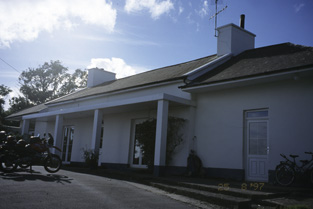
|
| Ballyconnoe House | A summer home of the Creagh family, also known as Prospect Lodge. It was valued at £8 at the time of Griffith's Valuation when Cornelius Creagh held the house and townland in fee. Weir writes that an earlier house was in ruins in 1842, see M169 007, townland of Ballyconnoe North. It is no longer extant and a modern house has been built nearby. | |
| Fanore Lodge | This house was located on the O'Brien estate. Occupied by Richard Blood in 1814 and by Robert Johnston at the time of Griffith's Valuation, when it was valued at £5.10 shillings. Robert Johnston held the house and 950 acres from Jemima O'Brien. Weir writes that the house later became a police barracks. Buildings are still extant at the site. | |
| Aran View | Weir writes that this house was built by the Macnamaras. Francis Macnamara lived at Arran View in 1837. Occupied by Robert Johnston at the time of Griffith's Valuation, the Johnstons continued to live there until at least the late 1870s. The original building appears to have been demolished and modern housing constructed at the site. | |
| Mount Elva | Built in 1848, Pierce Creagh came to live here from Rathbaun. It was held in fee by him at the time of Griffith's Valuation, when the buildings were valued at £12 10s. The house is now a ruin. | |
| Ballyallaban | Occupied by Michael O'Brien in 1814, J. O'Brien in 1837 and by Michael O'Brien at the time of Griffith's Valuation. The house and over 700 acres was held from Colonel Henry White. | |
| Gregans Castle/Cregans Castle | Gregans Castle/Cregans Castle The home of the Martyn family from at least 1837, now run as a hotel. Valued at £10.5 shillings at the time of Griffith's Valuation. |
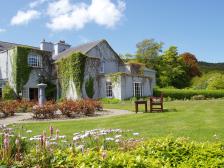
|
| Rathbaun | Home of Simon P. Creagh in 1814 and of his son Pierce Creagh in 1837. Occupied by John Hickey at the time of Griffith's Valuation who held the house from Pierce Creagh. The house is no longer extant. | |
| Ballybaun | Valued at £12.10 shillings at the time of Griffith's Valuation and occupied by Patrick Cahir senior, who held it from Francis Fitzgerald. It is labelled Ballybaun House on all of the Ordnance Survey maps. A house is still extant at the site. | |
| Ballyshanny | A house on the McMahon estate occupied by Patrick Killeen at the time of Griffith's Valuation and valued at £11. Located close to the ruins of Ballyshanny Castle it is labelled Ballyshanny House on the 1st and subsequent editions Ordnance Survey maps. Ballyshanny is still extant. |

|
| Doolin | Doolin came into the possession of the Macnamara family in the mid 18th century through the marriage of William Macnamara and Catherine Sarsfield. In 1894 Slater refers to it as the residence of Henry Valentine Macnamara. It remained a Macnamara home until the 20th century when it was burnt down in the early 1920s and no trace remains now. | |
| St Catherines | Marked on the first Ordnance Survey map as Gortaclob House and on the later 25-inch edition as St. Catherines, this house was occupied by Francis McNamara Calcutt in the mid 19th century, valued at over £20 and held by him in fee. It is no longer extant. | |
| Moher Lodge | A Macnamara property, occupied by Patrick E. O'Reilly at the time of Griffith's Valuation. Some ruined buildings remain at the site. | |
| Ennistimon House | In 1786 Wilson refers to this house at "Innistymond" as the seat of Edward O'Brien. Lewis writes in 1837 that Ennistymon Castle was originally a seat of the O'Brien family, descendants of the Earls of Thomond, but was then the residence of Andrew Finucane. By the time of Griffith's Valuation it had passed into Macnamara possession. The O'Brien, Finucane and Macnamara families had all intermarried. The house was valued at £28 in the mid 19th century and held by Captain Francis Macnamara in fee. It remained in Macnamara ownership until the mid 20th century and has been a hotel for many years. The hotel was the property of Mr Brendan O'Regan in the 1940s. |
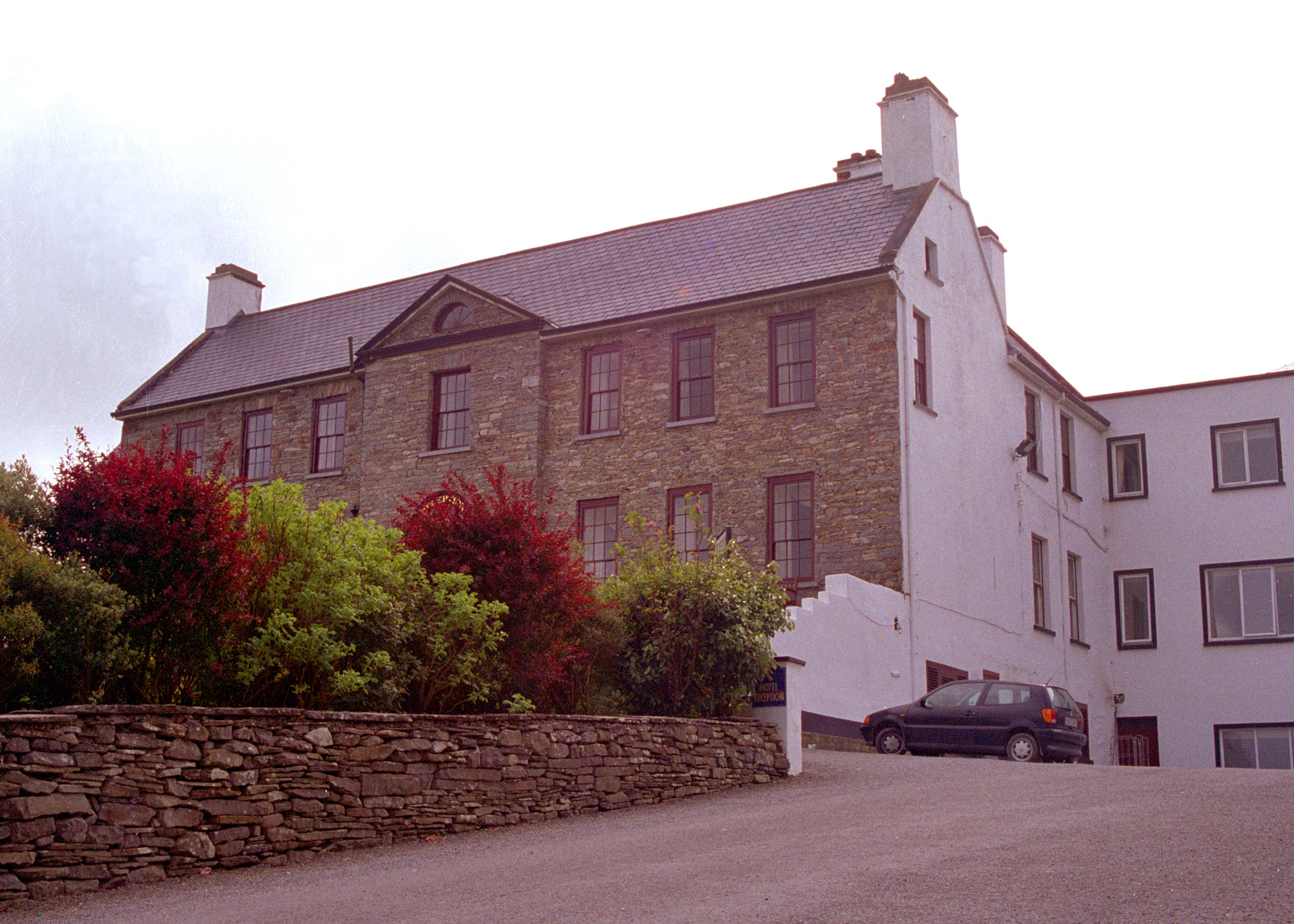
|
| Moymore | This house was occupied by a member of the Stackpoole family in 1837. The townland was held by James R. Dunne in the mid 19th century and the house occupied by John B. McNamara. By the mid 1870s Mrs Mary Louisa Ryding was resident at Moymore. Her daughter Louisa married Thomas Kenny and in 1906 Moymore belonged to Thomas H. Kenny. A house is still extant at the site. | |
| Aughavoher House | Summer residence of the Gores of Derrymore, held by Edward A. Gore in fee at the time of Griffith's Valuation. It is no longer extant. | |
| Ballyvorda | A house on the Stackpoole estate, occupied by John Lysaght at the time of Griffith's Valuation when it was valued at £9. John Comber records that Mary, sister of Cornelius O'Brien of Birchfield, married John Lysaght of Ballyvorda. see http://www.clarelibrary.ie/eolas/coclare/people/cornelius_obrien/genealogy.htm. A house is still located at the site. | |
| Birchfield | Birchfield was the residence of Cornelius O'Brien in 1814 and in 1837. Lewis also refers to the erecting of an ornamental building in castellated style for the accommodation of visitors on the top of the cliffs [of Moher] by Cornelius O'Brien. The house was valued at £50 at the time of Griffith's Valuation. By the mid 1870s Birchfield belonged to Cornelius Alexander Keogh. It is now a ruin. | |
| Seamount | A house situated on the O'Brien estate, it was occupied by Charles O'Callaghan in 1814 and by the Right Reverend Dr Fallon, Bishop of Kilfenora, at the time of Griffith's Valuation, when it was valued at £18. Later it became the home of the Higgins family. The house was accidentally burnt in the early 20th century. | |
| Castlepark House | A house on the Fitzgerald estate, occupied by Charles O'Connell at the time of Griffith's Valuation. The house is labelled Castlepark House on the 1st and subsequent edition Ordnance Survey Maps. Extensive buidling of modern dwellings has taken place in the area in this century. | |
| Moy Lodge | Also known as Carrowgar House, this early 19th century house was built by Sir Augustine Fitzgerald. Possibly the house named 'Moy' occupied by John Finucane in 1814. Lewis describes Moy as the occasional residence of Sir W. Fitzgerald. Weir writes that it was purchased by George Studdert, sixth son of Charles Fitzgerald Studdert of Newmarket House in the mid 19th century. It was still in the possession of Sir Edward Fitzgerald at the time of Griffith's Valuation. In 1894 Slater refers to it as the seat of Major George Studdert but Lady C.E. Fitzgerald was resident in 1906 when the mansion house was valued at £25. Now functions as a guesthouse, a member of 'The Blue Book'. |
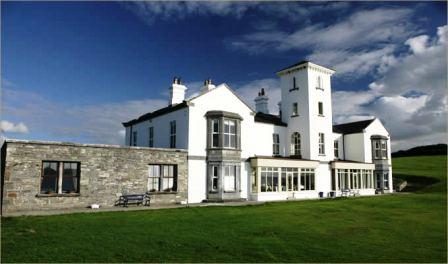
|
| Lehinch House | A house on the Stacpoole estate, possibly the house known as Lahinchy occupied by George Stacpoole in 1814 and by A. Stackpoole in 1837. At the time of Griffith's Valuation the house was valued at £10.10 shillings and was occupied by Thomas Moran who held it from Andrew Stacpoole. Weir writes that it was later a home of the Woulfe family. The house no longer exists, a modern bungalow occupies the site. Old walls and outhouses remain. |
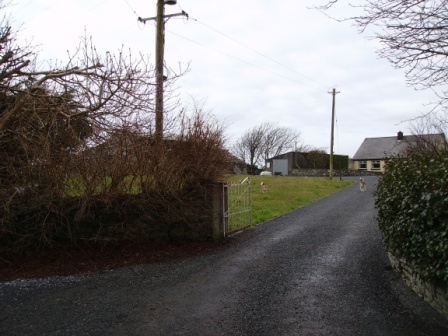
|
| Woodmount | A home of a branch of the Lysaght family in the late eighteenth and into the nineteenth century. In 1786 Wilson refers to it as the seat of Mr. Lysaght. Christopher Lysaght occupied the house in 1814 and G. F. Lysaght in 1837. By the time of Griffith's Valuation a Christopher Lysaght was residing there and he held the property valued at £6 from George Lysaght. | |
| Kilcornan | Originally a Comyn home, by the end of the 18th century Kilcornan was in the possession of the Lysaght family. James Davoren is recorded as resident in 1814. By the time of Griffith's Valuation the house was valued at £1.5 shillings. It is labelled as Kilcornan House on the 1st edition Ordnance Survey map but is not shown on the later 25-inch edition of the 1890s. | |
| Summer Ville | Griffith's Valuation records that the house valued at £3 was leased to James Foley by James R. Dunne. It is labelled Summer Ville on both the 1st and 25-inch edition Ordnance Survey maps. A new house appears to have been constructed at the site in the last decade. | |
| Ballykeel | The home of the Lysaght family in the late 18th century. Weir writes that the house was built by George Lysaght who was resident in 1814. Lewis refers to Ballykeale as the seat of the Lysaght family 'now occupied' by Mrs Fitzgerald. The Irish Tourist Association file records that the house became the property of Henry Comerford in 1839. It was unoccupied at the time of Griffith's Valuation and held by Henry Comerford. It passed from him to the Blake Fosters. Francis O'D. Blake Foster was the owner in 1906. Mrs Blake Forster was resident in the 1940s and the Irish Tourist Association file lists the paintings in the house. |
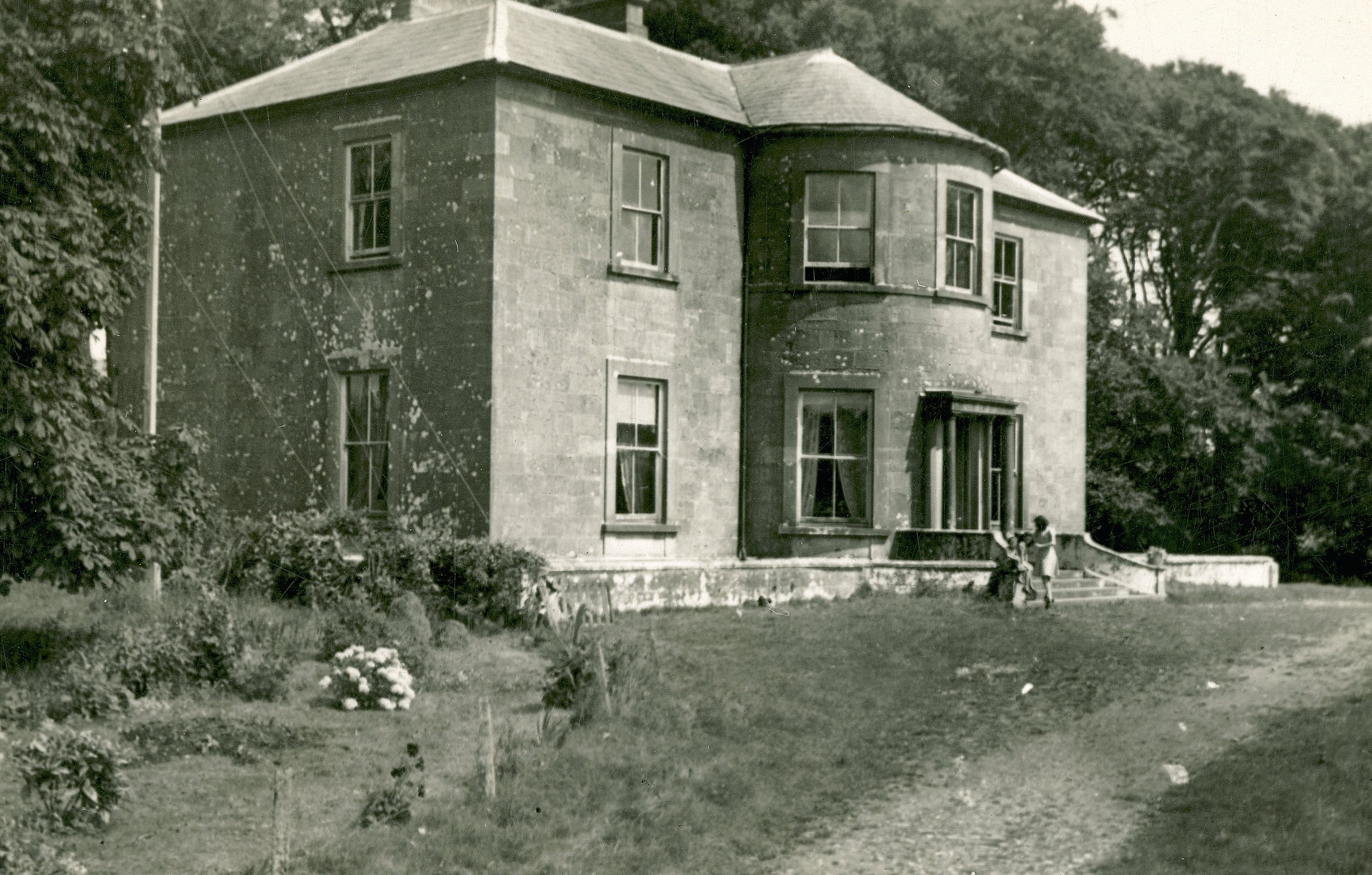
|
| Glashamore House | Marked on the first edition Ordnance Survey map, 'Glashy' was occupied by N. Davoren in 1814 and by John Magann at the time of Griffith's Valuation, who held the house from Edward A. Gore. Buildings are still extant at the site. | |
| Ballynalackan | Lewis writes in the late 1830s that Ballynalacken Castle was about to be repaired by the proprietor J. O'Brien. Weir writes that John O'Brien built a house near the old castle in 1840 and the O'Brien family lived there in the second half of the 19th century, however there is no house in the townland of Ballylacken valued at more than £2 at the time of Griffith's Valuation and no indication that the O'Briens were resident. The house was bought by the O'Callaghan family in 1939 and is run by them as a small hotel. see http://www.ballinalackencastle.com/index.html |

|
| Elmvale | Originally an O'Hogan home which passed to the O'Briens through the marriage of Eleanor O'Hogan and Turlough O'Brien. Their son married Margaret Long. She married secondly Cornelius O'Brien of Birchfield. At the time of Griffith's Valuation the house valued at £15 was occupied by John O'Brien who held it from Sir Lucius O'Brien. Weir writes that the house was demolished circa 1965. In 1778 and 1786 this house, known as Cross, was occupied by a Lysaght. | |
| Inchiquin Cottage | A house on the Marquess of Thomond's estate, valued at £3 at the time of Griffith's Valuation and occupied by the Owens family in the first half of the 19th century. | |
| Clifden | This house was the home of the Burton family on the shore of Inchiquin Lough in the late 18th and 19th centuries. Wilson refers to it as the seat of Edward W. Burton in 1786. It was the residence of Lieutenant Colonel Marcus Patterson in the 1870s and in 1906. The house is still extant. |
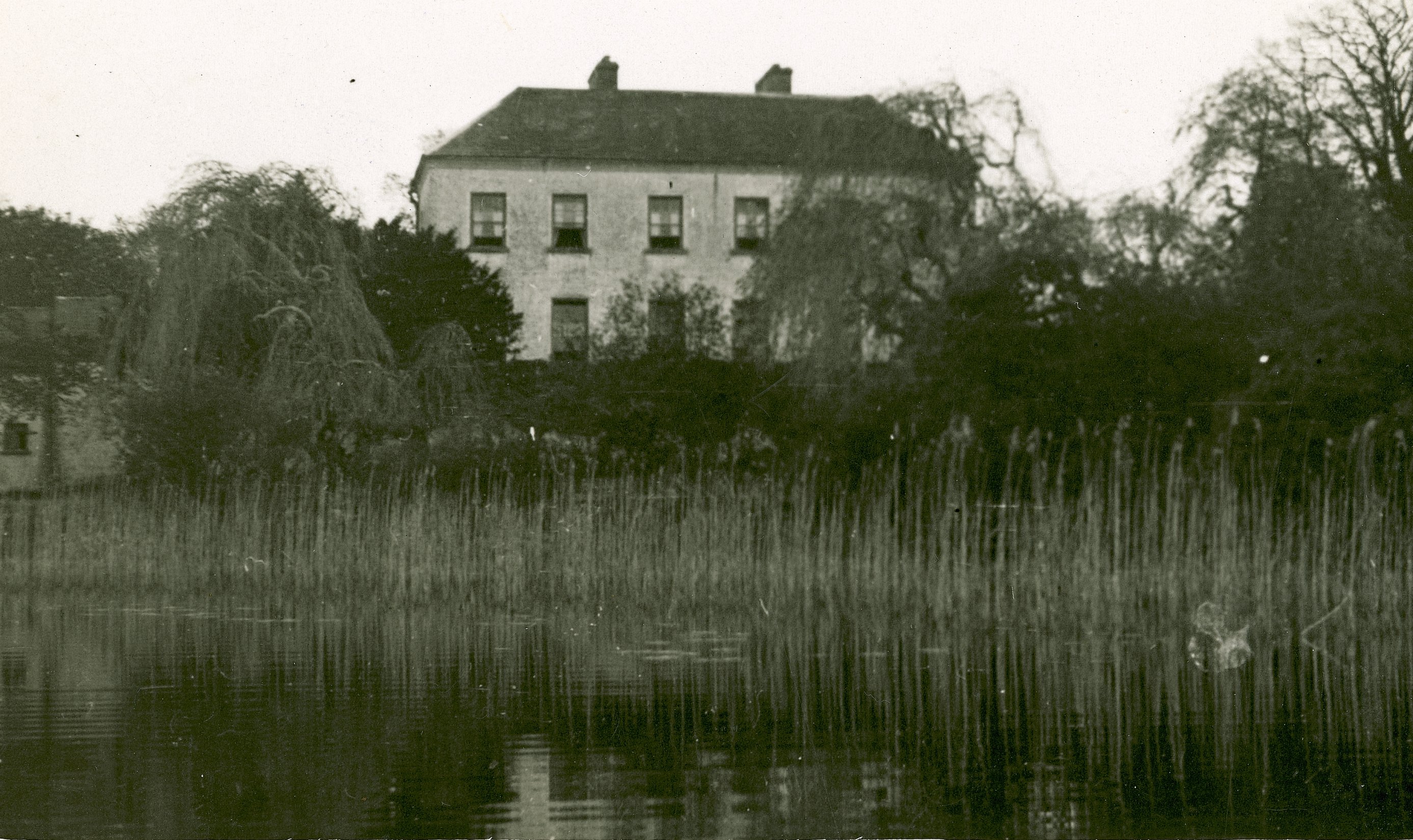
|
| Adelphi | A house on the Burton estate occupied by the Fitzgerald family and their descendants. The residence of Francis John Fitzgerald in 1814 and of F. and W. Fitzgerald in 1837. Valued at £30 at the time of Griffith's Valuation and occupied by Francis J. Fitzgerald, it passed by marriage to the Wilson-Fitzgerald family. This house was the home of Brian Blood in the mid 20th century. It is still extant. |
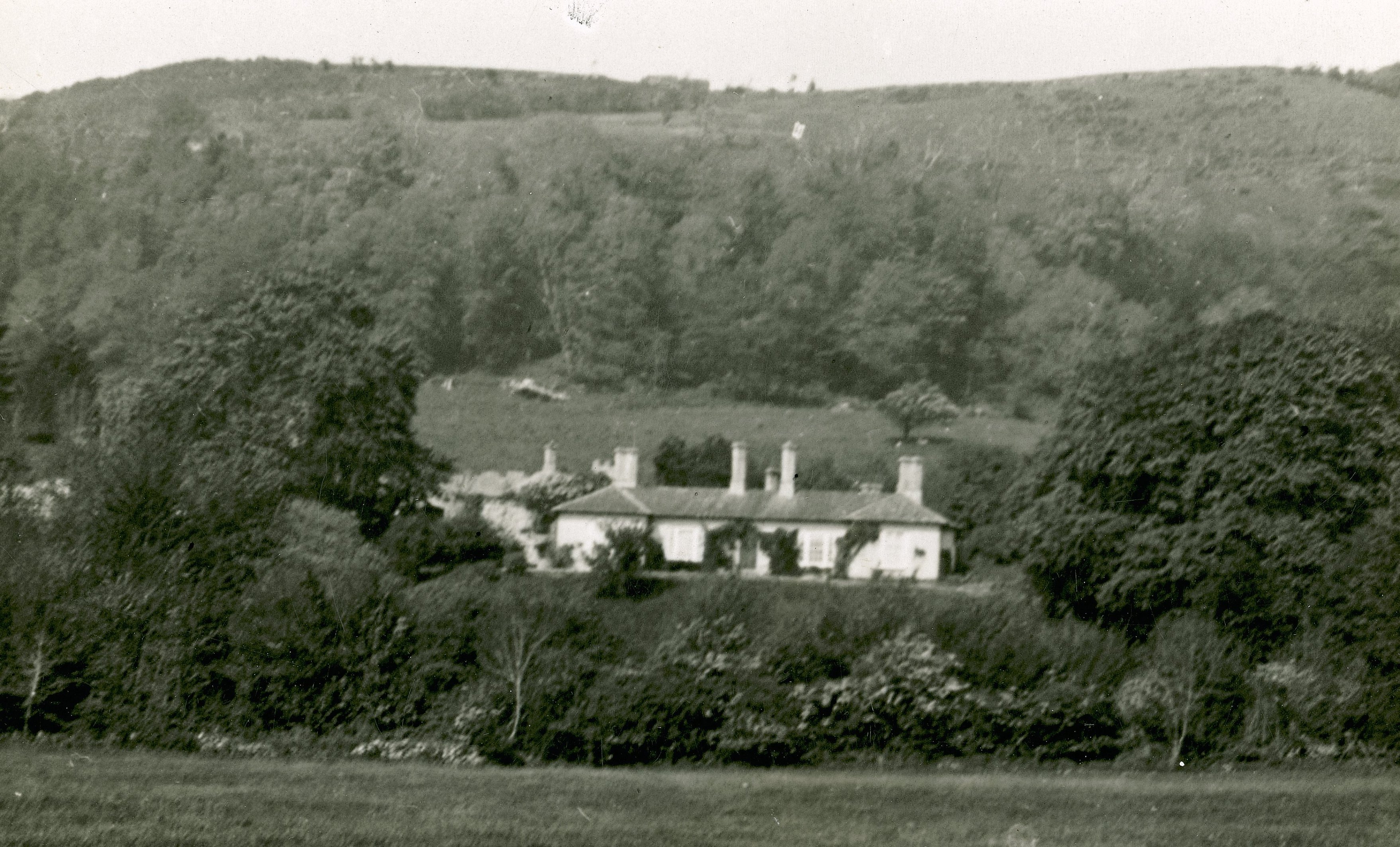
|
| Riverston | Weir writes that John Tymons was resident here in 1799. James Lysaght occupied the house in 1814 and Jonas Studdert in 1837. At the time of Griffith's Valuation Riverston was the home of Mrs Anne Bolton who held the house from James Timmins, a minor. | |
| Applevale | Neptune Blood of Applevale was the third son of William Blood of Roxton and Ann Chadwick and they lived at Applevale in the late 18th century. Their son William was murdered at Applevale in 1831 by the Terry Alts. Chartres Brew lived in the house in 1814 and George Davis in 1837 and in the 1850s. William Blood's mother was a Davis of Newcastle, county Galway.The house was leased to Michael Houlihan in 1870. This house is now a ruin. | |
| Roxton | One of the main homes of the Blood family from the mid 18th century. Wilson refers to it as the seat of W. Blood in 1786. The residence of the Reverend Frederick Blood in 1814, of Thomas Blood in 1837 and held in fee by his son, Frederick William Blood, at the time of Griffith's Valuation. By the 1870s Roxton was the home of William Darling Wilson. In ruins at the end of the 20th century. | |
| Cooga | A house on the O'Callaghan estate, inhabited by the Lingard family from at least 1837. Sold by the Lingards to the Hogans in 1922. | |
| Carhoo | A part of the Synge estates from the 18th century, the residence of E. Synge in 1837. The house was occupied by John Rutherford at the time of Griffith's Valuation and valued at £12. A house is still extant at the site. |
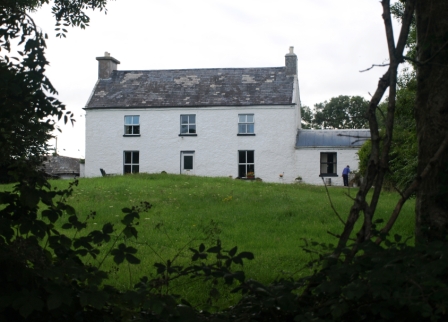
|
| Willbrook | This house was originally an Adams home, the Adams and Brews intermarried. In 1837 W.A. Brew lived here. At the time of Griffith's Valuation the buildings were valued at £5 and the house was occupied by Austin Moran and held from Lord George Quin. In the early 20th century it was the home of the Corbett family. Weir writes that the house was burnt down during the "Troubles". The present residence which was bought in the mid 20th century by Louis de Brocquy was constructed out of the stables. | |
| Holywell/Hollywell House | A Comyn residence, George Comyn married Margaret Lysaght of nearby Ballykeale in the early 19th century. In 1814 occupied by George Comyn and in 1837 by T. F. Comyn. By the time of Griffith's Valuation the house was unoccupied and valued at £5, James Gibson was the immediate lessor. The house is still extant and occupied. |
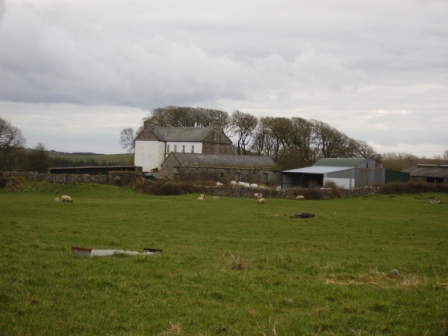
|
| Smithstown | Both Taylor and Skinner and Lewis refer to Smithstown as a seat of Viscount Powerscourt in 1778 and 1837. John O'Brien held the house and 117 acres from Edward Wingfield Stratford at the time of Griffith's Valuation. Weir writes that the house was demolished by the Land Commission in the 1940s.. | |
| Cragmoher | A house built in the mid 19th century by Major Charles Washington Studdert eldest son of Jonas Studdert. His son Jonas was born 1857. Burnt in the late 20th century. In 1906 buildings at Killeen were valued at over £17. |
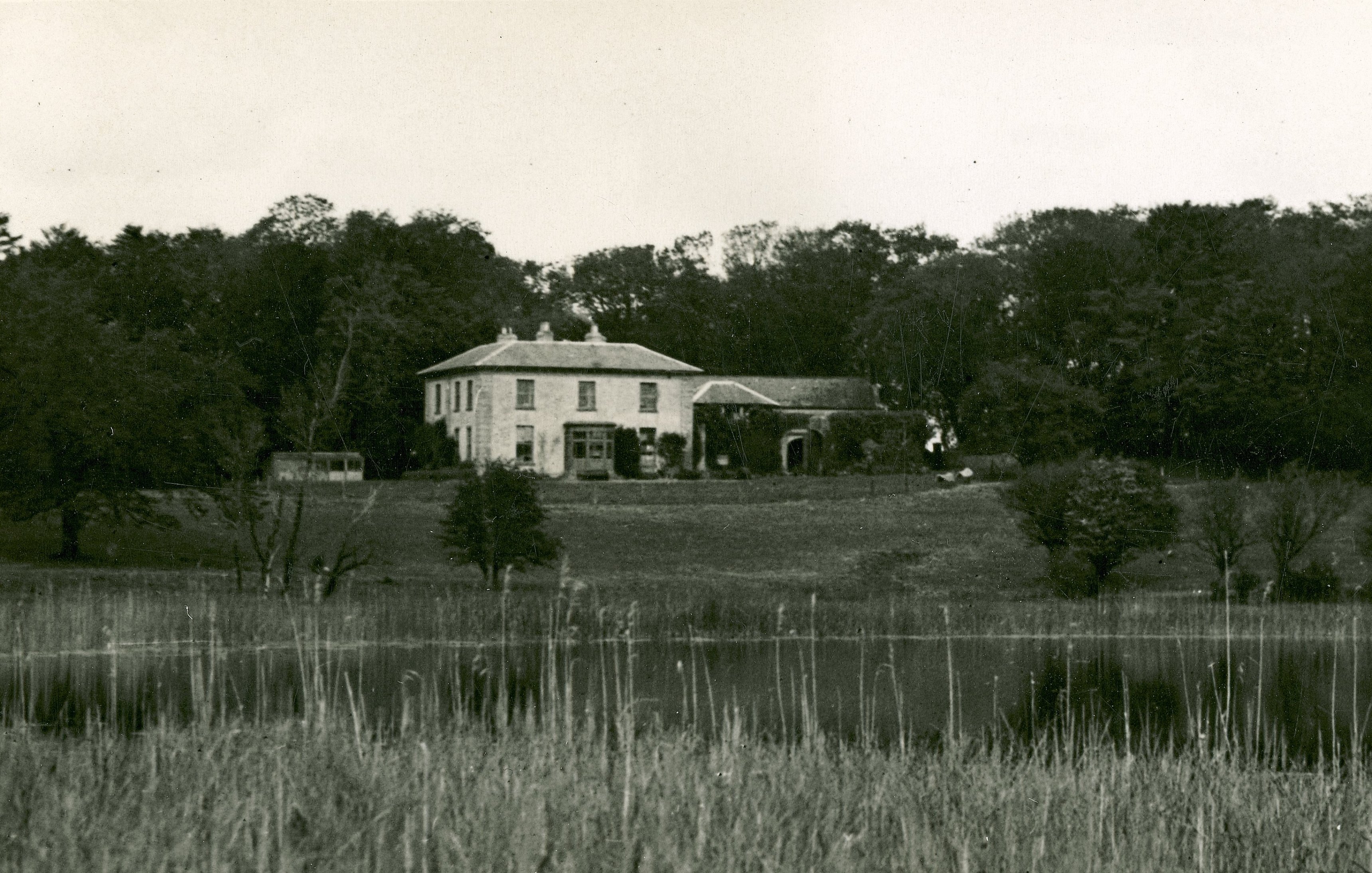
|
| Glencolumbkille House | This was an O'Brien home from at least the late 18th century. In 1837 Lewis described Columbkill Cottage as the "neat residence" of Terence O'Brien esq. Griffith's Valuation records Mary Anne O'Brien (the widow of Terence) as the occupier holding the property from John Kirwan. The buildings were valued at over £10. In the 1870s Morty O'Brien of Glencolumbkille owned 396 acres in county Clare. This is house is no longer extant. | |
| Rivoli | Weir describes Rivoli as a late 19th century house to which James Shannon's family moved from nearby Derry House in the second half of the 19th century. It was a home of the Hunt family in the early 20th century. | |
| Lismoher | Weir writes that this is an 18th century house. It was the home of the Armstrong family. Occupied by Michael Hynes in the 1850s and valued at £4. Hynes held the property from Edmond J. Armstrong. The house is still extant. |
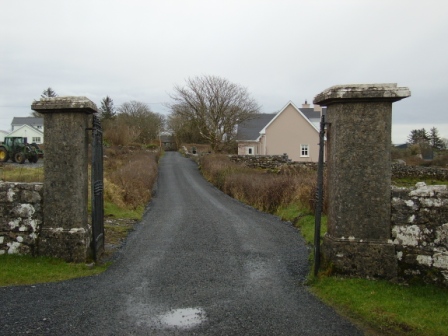
|
| Mollaneen House | Weir writes that this was an 18th century house. "Dysert" was occupied by Thady Brew in 1814. At the time of Griffith's Valuation George Fitzgerald held a house valued at £5 from Francis H. Synge in the townland of Mollaneen. Local sources suggest that this house was frequently occupied by the agent to the Synge estate. Weir writes that the roof of the house was removed in the mid 20th century. It has, however, since been restored and is now known again as Mollaneen House. |

